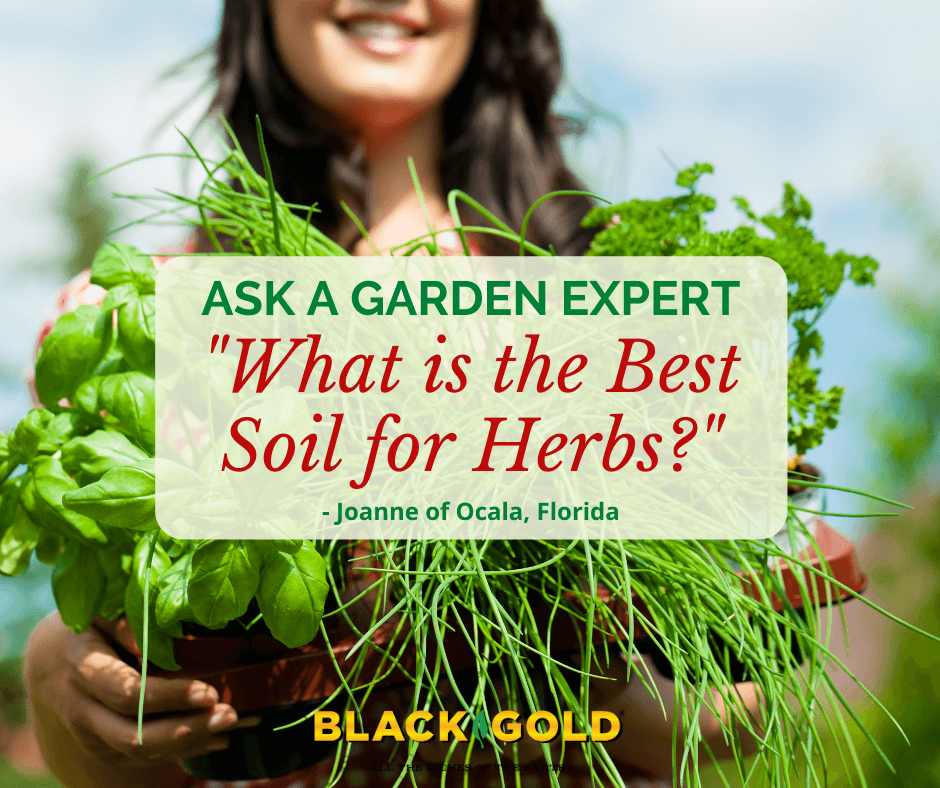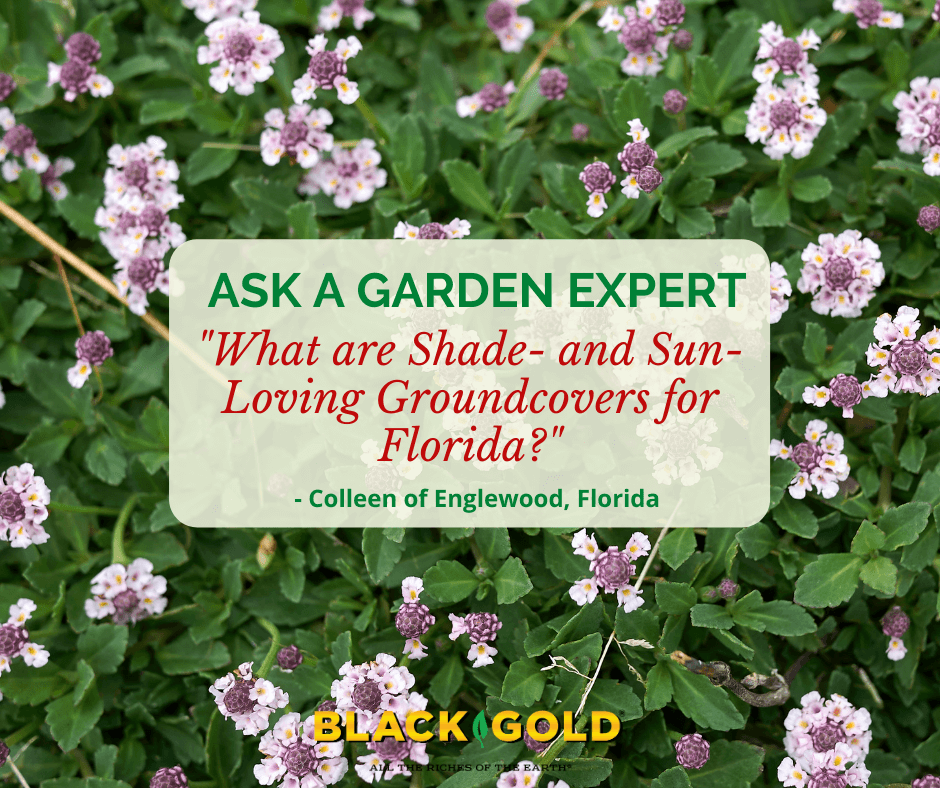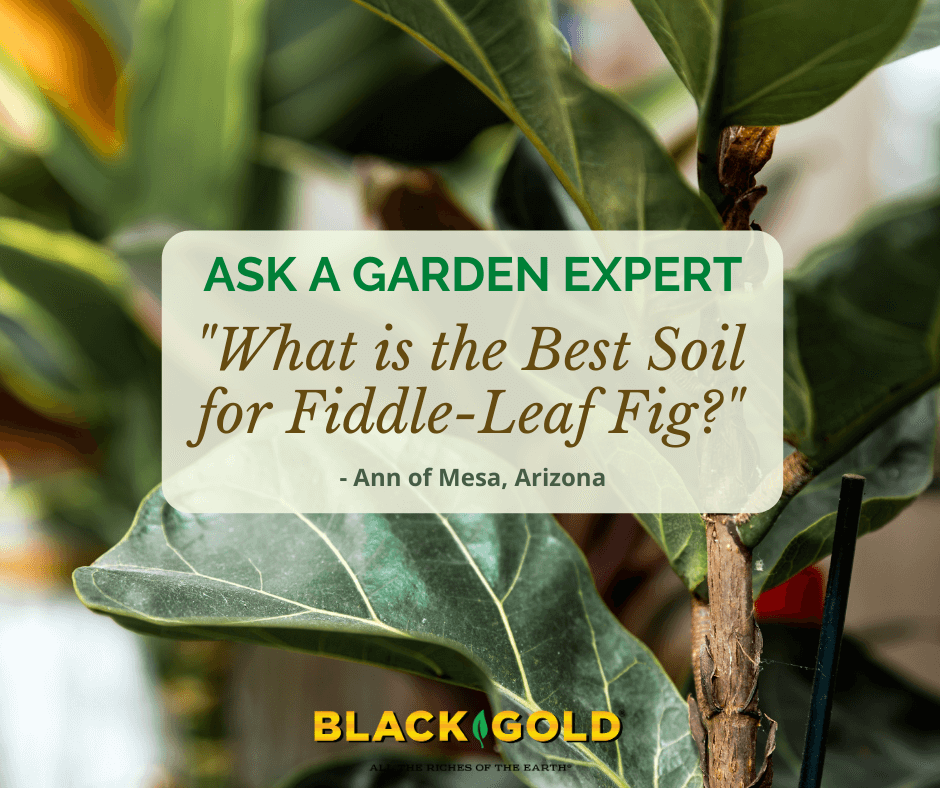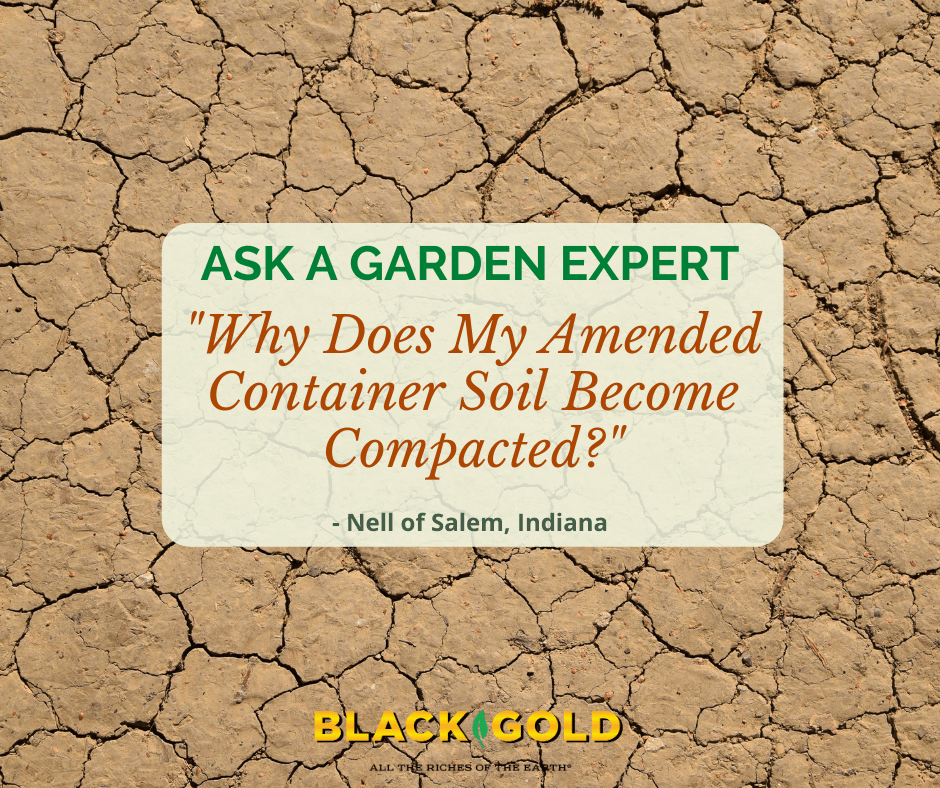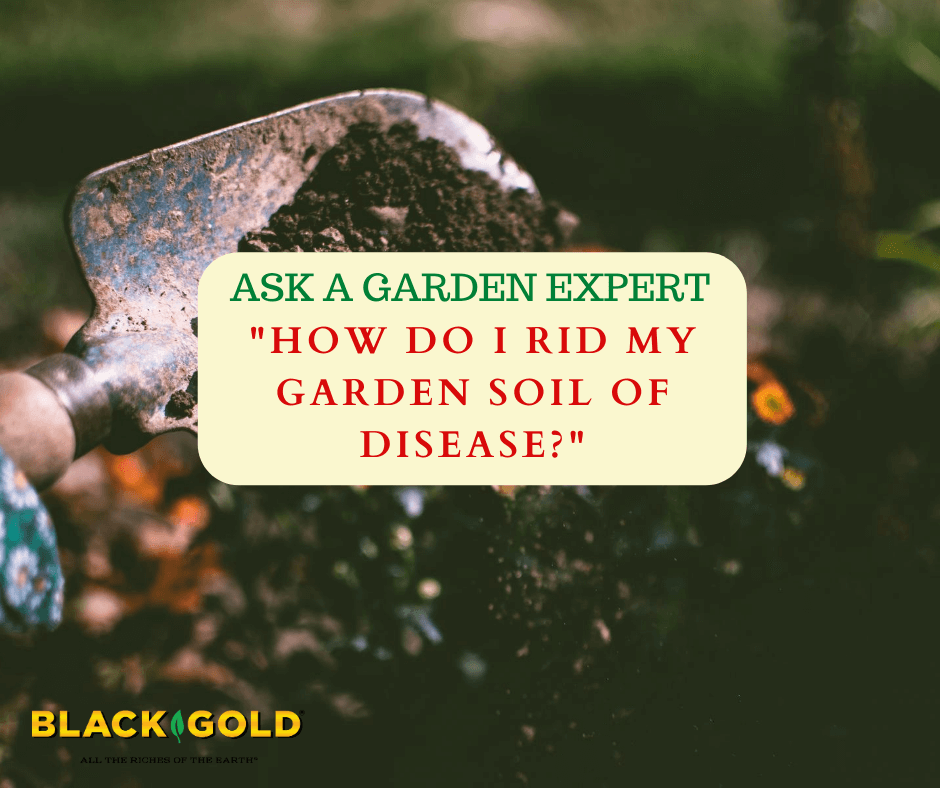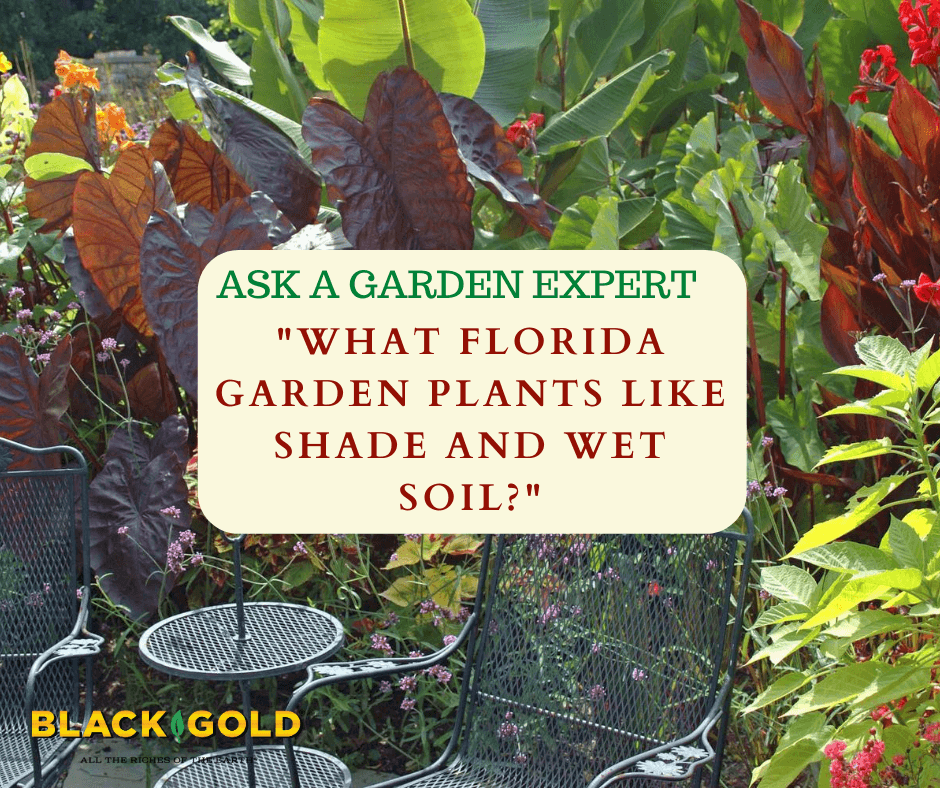
“Hello, I just moved to a place this year that had semi-raised beds for gardening. I planted several “crops” and the yields were not great. I don’t know if it was the seeds I used or if it is the soil itself. I waited until the ground was warm enough, and I watered regularly and planted as directed, but my yields were about 50% for everything but radishes! I am thinking of adding some more soil this fall and let it sit over the winter..any ideas?” Thank you. Question from Lucinda of Pittston, Maine
Answer: There are lots of ways to build up your soil for vegetable growing success. Here are four recommendations that will increase your success next season.
1. Feed Your Soil
Good soil is the key to gardening success. Feed it liberally feed it with organic matter, such as Black Gold Earthworm Castings, Canadian Sphagnum Peat Moss, and Garden Compost Blend, especially if your soil is rich in clay or sandy. The addition of high-quality, screened topsoil is also recommended. Add at least 3 inches of amendments to the soil surface, and till it to a depth of at least 8 inches. Tilling in amendments will increase water-holding capacity and aeration for better root growth. Use the amendment application formula below to determine the amount you will need.
Amendment Application Formula
([area to cover] ft2 x [depth in inches desired] x 0.0031 = ___ yd3).
Example: If you wanted to cover a 20 square foot area with 2 inches of compost, the result would be: 20 ft2 x 2 inches of compost x 0.0031 = 2.48 yd3.
(For another take, click here for a full overview of how to prep a new no-till vegetable garden from start to finish.)
2. Choose the Right Organic Fertilizer
Vegetables perform better with regular fertilization, especially heavy feeders like tomatoes. Most veggies will deplete the soil of nutrients over time, so replenishment is necessary. There are many organic vegetable fertilizers on the market. Alfalfa, blood, bone, feather, fish, kelp, and shrimp meals are all common natural components of non-chemical fertilizers. Earthworm castings are also a good source of nitrogen and beneficial microbes. Adding mycorrhizae to the soil is also useful because it helps plants take up water and nutrients better. Black Gold Natural & Organic Ultra Coir is another of our organic-rich amendments that also contains our proprietary blend of endomycorrhizae. We recommend that you research top-rated organic fertilizers to find the best for your needs.
3. Rotate Your Crops with Legumes
Vegetables, especially tomatoes, should be rotated on a three-year cycle. For example, tomatoes one year and other vegetables in the next two years. Legumes, like beans and peas, are excellent rotation crops because they naturally fortify soils with nitrogen. For more rotation tips, I encourage you to read Spring to Fall Vegetable Rotation: Planting for Non-stop Garden Produce. It will provide all of the information you need to effectively rotate your crops, whether container- or garden-grown.
4. Clean Up and Cover
Weed your beds with quality weeding tools (I am never without my weeding knife (Hori Hori), strong hoe (Prohoes are the best), and Korean hand plow (Ho-Mi)), and then plant them with a green manure crop. Johnny’s Seeds’ Fall Green Manure Mix or annual rye are good cover crops that can be tilled under in spring. They stop winter weeds and add natural organic matter and nutrients to beds for better vegetable production.
I hope that all of this information helps!
Happy soil building,
Jessie Keith
Black Gold Horticulturist



